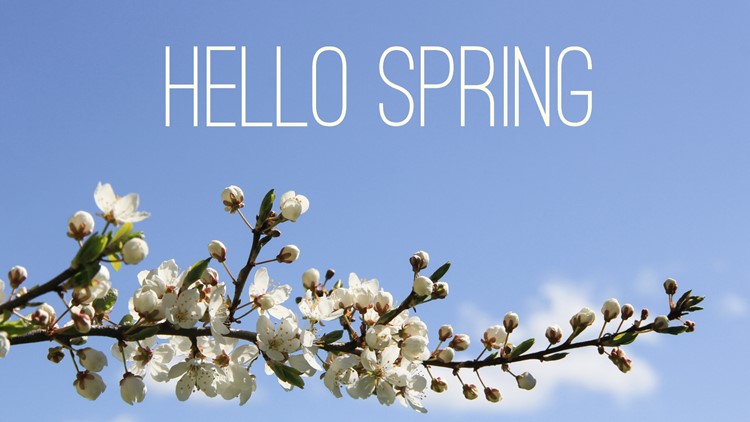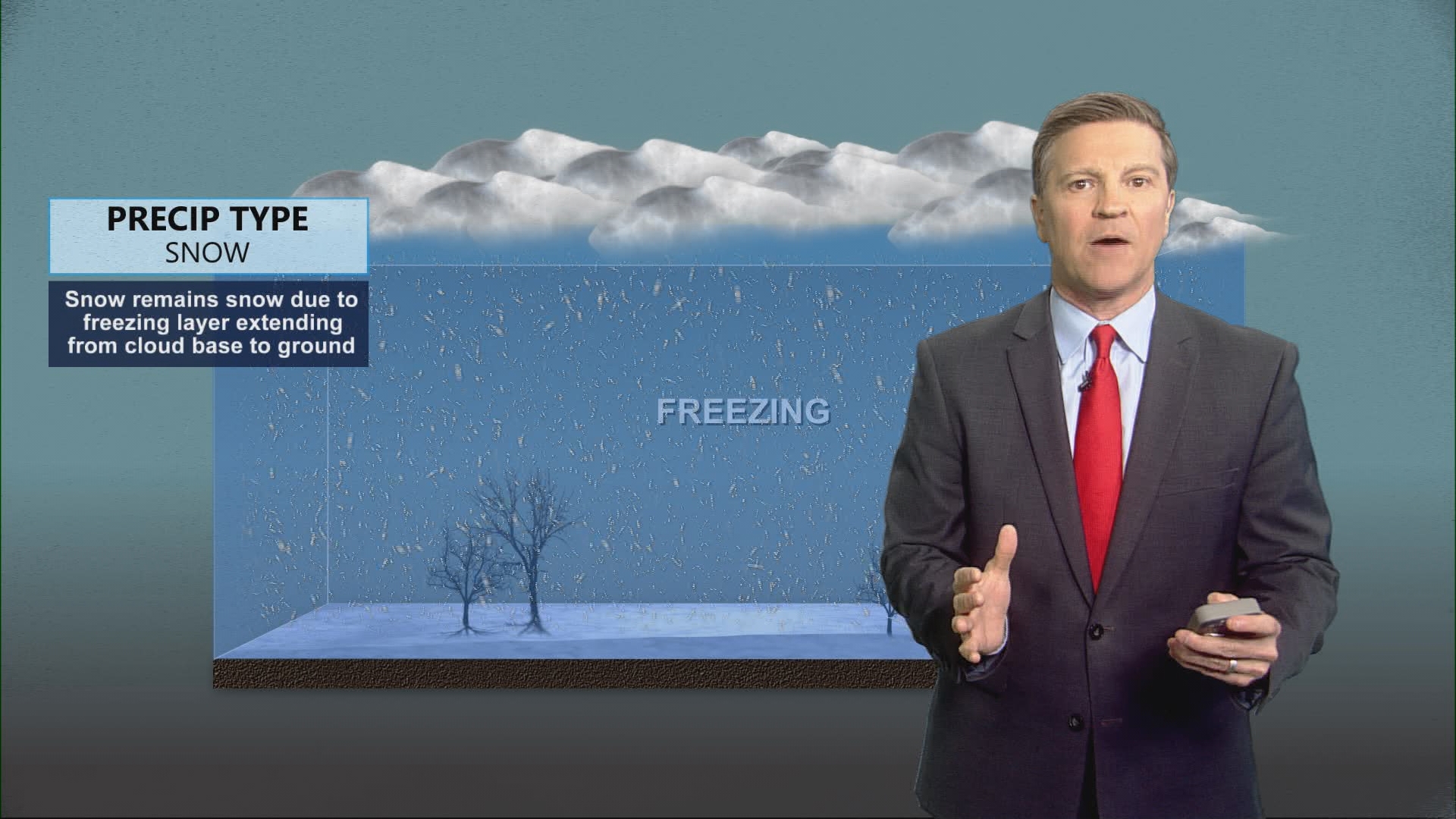MOLINE, Ill. — Monday, March 20, marks 2023's spring equinox and the first day of astronomical spring for us here on Earth.
The days will get longer, and don't forget warmer, as we slip into the rest of spring and into summer. And who isn't excited about that?
Let's break down what an equinox is, and isn't.
What is an equinox?
An equinox is when the sun is directly over the equator. When this happens, we have an equal amount of day and night. During the equinox, the sun is directly overhead at noon.
Over the next few months, the sun will move northward until it gets to the Tropic of Cancer on June 21. During this time, we will continue to increase in daylight until June 21, when we will experience the longest day of the year with sunlight.
Why isn’t the equinox exactly “equal” hours of night and day?
Although equinox is derived from the Latin word aequus, which means equal, and nox, which means night. In reality during the spring equinox, the daytime is slightly longer than the night.
This occurs due to the refraction or bending of sunlight rays that cause the sun to appear above the horizon when the actual position of the sun is below the horizon. Additionally, the days are also a little longer in higher latitudes because it takes longer for the sun to rise and set because they are farther away from the equator.
Due to the refracting and bending of sunlight and the distance from the equator, places located at different latitudes experience more sunlight than others. At the equator, they experience about 12 hours and six and half minutes of sunlight. At the 30-degree latitude, they experience 12 hours and 8 minutes of sunlight.
Here in the Quad Cities, which is located at 41 degrees latitude, we will have 12 hours and nine minutes of sunlight. Those at 60-degree latitude will experience 12 hours and 16 minutes of sunlight.
First day of spring
Monday is also the first day of astronomical spring. After the cold weekend temperatures will rebound this week. On Monday, our normal high is 52.
Our normal will be 58 in 2 weeks, 64 by the middle of April, 69 by the start of May, and 79 by end of May.
We do have multiple chances for rain this work week, which is not surprising because on average we experience 11.1 inches of rain during the spring season.
March on average receives 2.62 inches of rain, 3.81 inches of rain in April and 4.67 inches of rainfall for May.
Watch more weather stories on News 8's YouTube channel



